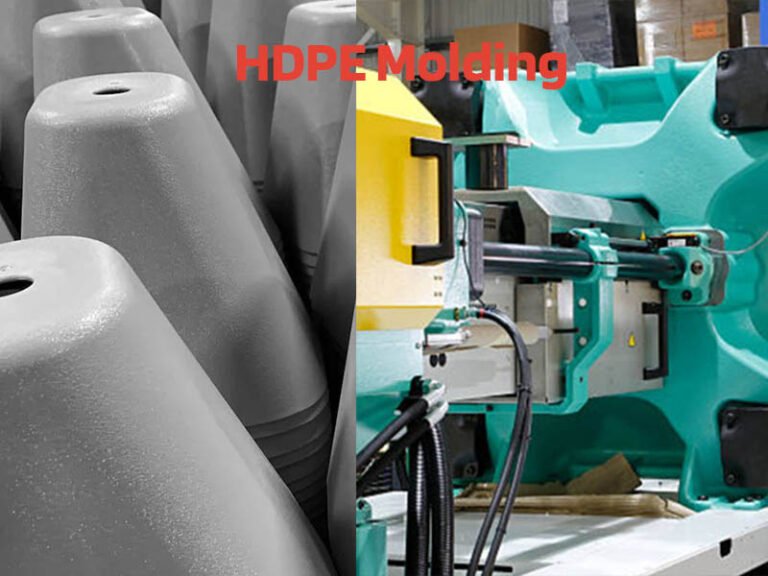After injection molding, some problems come into being which will affect the assembly efficiency or the performance of the whole machine. Given the certain discrepancy between the defective and the predetermined standard one (inspection standards), those parts will not meet the company’s quality requirements. In that case, strengthening the quality awareness training of employees and dealing with defective parts in a timely manner (such as selection and processing) would be a good method. Besides, the following links can also cause defects: molds, raw materials, technical parameters, equipment, environment, and personnel.
The defective problems are as follows:
- Color difference: under a standard light source, the color of injection plastic parts is different from its standard color sample when viewed with the naked eye.
- Lack of glue: Usually, the lack of glue means that the glue is neatly arranged, that is, the cavity is not fully filled. However, cases like bubbles, voids, holes, etc., which do not match the standard model, can also be called lack of glue.
- Warpage and deformation: The shape of injection molded parts are rotated and twisted after the plastic parts are demolded or after that for a while, such as the straight edge facing inward, the flat part curved outward, and the flat part has bulges. Deformation can be classified into two basic types, which are local deformation and overall deformation.
- Welding marks (lines): linear traces on the surface of injection plastic parts are formed when plastics come together in the mold. If the melts are not completely fused at the juncture and cannot be integrated as a whole, welding marks then appear, and mostly they are straight lines developing from deep to shallow. This problem influences the appearance and mechanical properties of the injection plastic parts. For example, the welding line at the bottom of plates for hanging hooks.
- Corrugation: the spiral or cloudy wave-like bumps and holes appear at the surface of injection plastic parts or in the transparent products.
- Overflow: Along the parting line of injection plastic parts or the air-tight surface of the mold, a thin layer of glue flows out.
- Silver-white thread: Long fine lines in needle-like shape, and frost-like silver-white color show up on the surface of injection plastic parts. It is because of the incomplete filling of flowing glue. Therefore, this problem usually appears at the end where the filling material flows towards, and then it will produce a rough front end.
- Color heterogeneity (color mixing): The color of the surface of injection plastic parts is not evenly distributed, different in color or color shade.
- Poor gloss (dark color): The surface of injection plastic parts is dull and uneven in gloss.
- Poor demolding(deformation from demolding): Similar to warpage and deformation, the injection plastic parts cannot be smoothly be demolded. Problems like deformation, white tops, cracks, strains can all belong to poor demolding.
- Cracks and ruptures: Cracks appear on the surface of injection plastic parts, resulting in product damage.
- Burning stain (scorching): black streaks or black spots show up on the surface or inside of injection plastic parts.
- Discrepancy of size: During the molding process, the plastic parts cannot match their original accuracy and standard.
- Air and density bubbles: Voids appear inside the injection plastic parts. Air bubbles are small volumes or clusters of pores shaped inside the product after molding. While density bubbles are vacuum holes generated inside the plastic.



